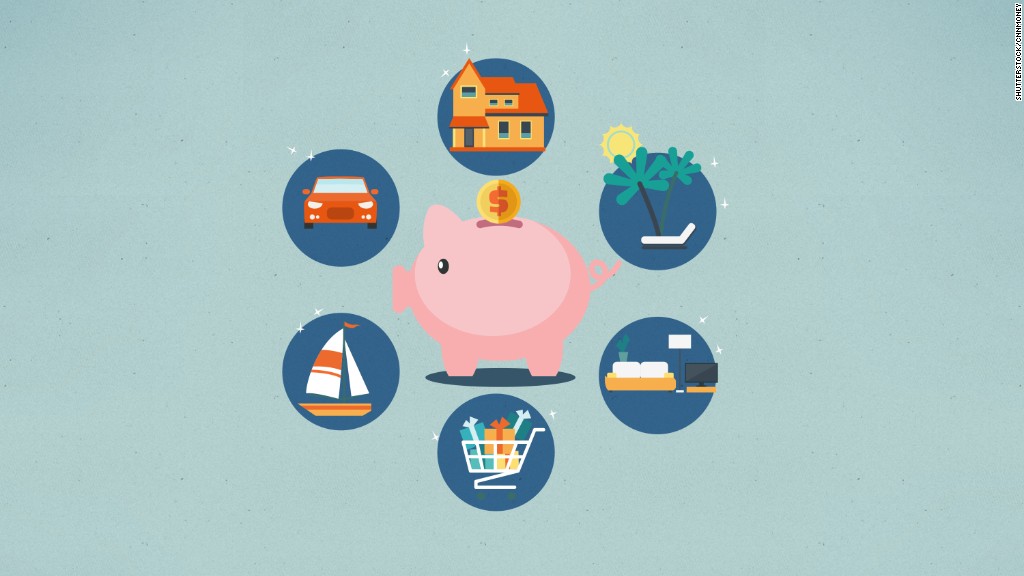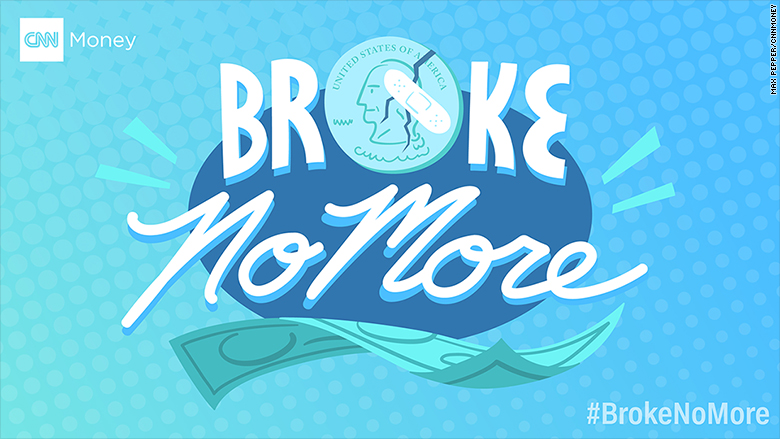
"I'm 28, have a good job making $60,000 to $70,000 a year. I've been stashing anywhere between $200 to $500 per month into my savings account. I've been thinking about opening up an IRA or some type of investment account to put my money into since my job doesn't offer a 401(k) or any retirement plans, but there are so many options I don't even know where to begin. Any advice?" --Hector Rivas, Orlando
We get it. It's tough to put away money for long-term needs when you're young and trying to enjoy life. But Hector is smart to be focusing on his future, especially now that he has a well-paying job.
"In finances and in life, we all have to balance living well today while planning for a more secure future," says Patrick Amey, certified financial planner at KHC Wealth Management.
Yes, a 401(k) plan is the go-to retirement savings account for most workers. But if you're employed at a company that doesn't offer a 401(k) or any other retirement plan, don't worry. There are other options.
Here's what the experts recommend:
1. Create an emergency fund first
The first step is to create an emergency fund that will cover three to six months of expenses, even before you start saving for retirement. It's critical to set aside money in case you lose your job, or have some other unexpected expense like a medical bill or urgent home or car repair.
"The biggest financial mistake that I see people make is that they do not have an adequate emergency fund," says Patrick Lach, investment adviser with Lach Financial.
Hector is doing the right thing by stashing away $200 to $500 per month into a regular savings account, and he should keep doing that until he has enough to cover his expenses for several months.
One way to make it easy is to have your paycheck divided between a checking and a savings account, explains Cynthia L. Turkington, certified financial planner and owner of Fair Trust Financial. Once your money goes into your checking account, set up an automatic payment to divert a portion into a savings account, before you have a chance to spend it.

2. Look to an Individual Retirement Account (IRA)
Once you've got emergecy funds covered, it's time to move onto retirement savings. Without the option to invest in a 401(k), the next best tax-advantaged way to do this is through an IRA. There are two main types of IRAs: A Roth IRA and a traditional IRA.
For Roth IRAs, contributions are made with after-tax dollars and future withdrawals are tax free. It's a pretty sweet deal, but in order to qualify, you need to be earning less than $133,000 ($196,000 if your married). Traditional IRAs are tax-deductible in the year you make the contribution, but most withdrawals are taxed at ordinary income tax rates.
So which one is right for you? If you're very young and far from retirement, there's a good chance you don't earn very much so you're in a lower tax bracket. If that's the case, the Roth IRA may make more sense.
"If he/she invests aggressively, they could benefit from decades of tax-free growth," said James H. Saulnier, a certified financial planner based in Fort Collins, Colorado.
But if you're salary is pretty high and you're in a higher tax bracket, or you just make too much to qualify for a Roth, the traditional IRA is the way to go, says Sean M. Pearson, a certified financial planner and associate vice president at Ameriprise Financial Services.
The downside is that no matter which IRA you go for, you're limited to contributing no more than $5,500 for the year (you can throw in an extra $1,000 once you turn 50). That's significantly less than what employer-sponsored plans like 401(k)s allow.
3. Consider a MyRA account
This is a great option for someone who is young, just starting out, has no current retirement savings and is concerned about cost and complexity.
MyRAs are designed to be a starter account that will keep your money in super-safe investments with a guaranteed rate of return, and they're easily transferable to a regular IRA once you've built up some savings.
MyRAs are free to open and can be funded with as little as $2. You can set up automatic payments and withdraw the money any time you want without penalty. They're also backed by the U.S. government.
"It's a great way to open what I call a 'starter' Roth IRA," says Saulnier.
4. Don't forget about the Health Savings Account (HSA)
Some financial planners say a health savings account is the best-kept secret of retirement savings. That's because HSAs are the only savings vehicles that offer a triple tax benefit. Contributions you make are pre-tax, which means they lower your taxable income. The money grows tax-deferred while it's in the account, and withdrawals you make are tax-free as long as the funds are used for medical expenses.
The drawback of an HSA is that you must have a high-deductible health insurance plan to be eligible to contribute to one. But if you are, think of an HSA as a great tool to boost your retirement savings.
5. Save whatever you can
No matter where you save your money, the most important thing is that you're saving.
"A good rule of thumb is to save 10% of your income for retirement," says Pearson. "If 10% is too high for you, start by saving every penny you can."
But if saving isn't on your mind at all right now, "spend less than you make, simple as that. You don't need a retirement account to do it," says David C. Haraway, certified financial planner and president of Substantial Financial.
Send us your money questions for a chance to be featured in Broke no more! Ask us here.
